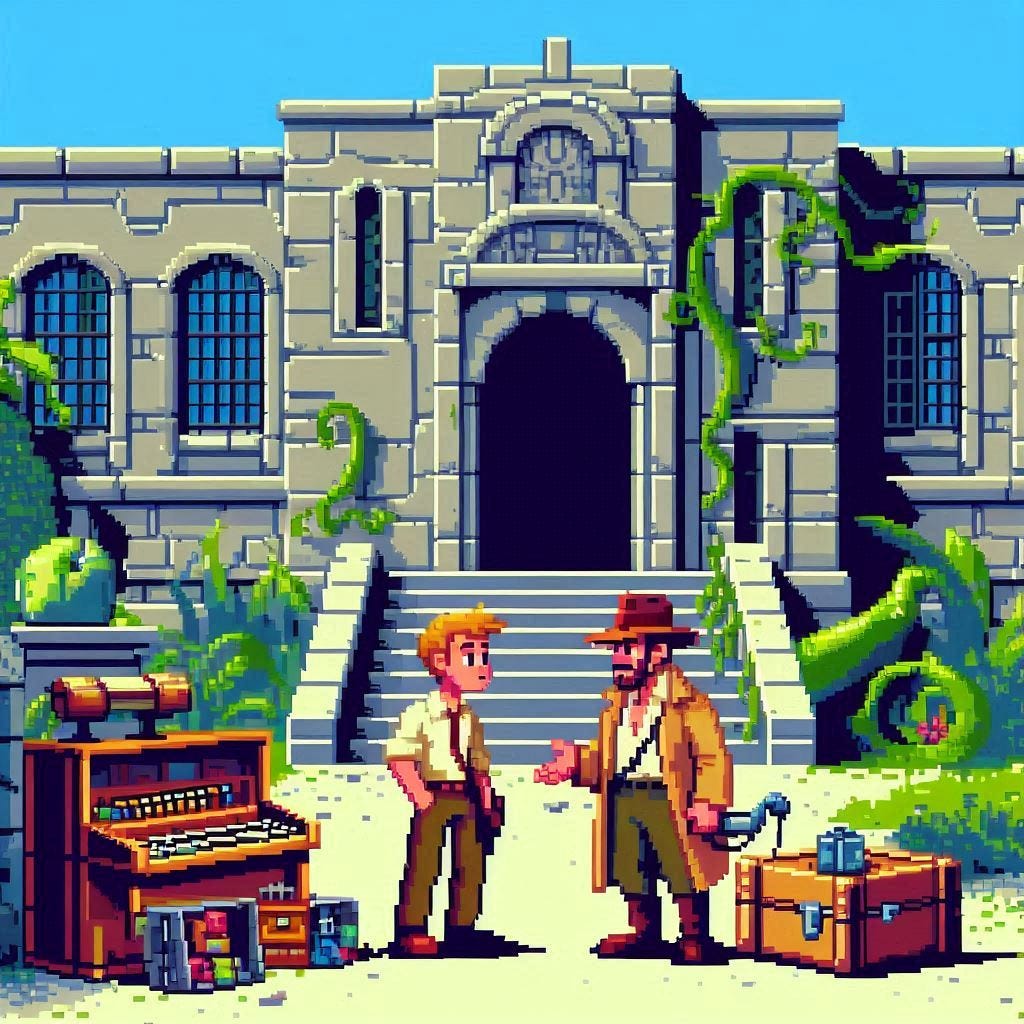Say Goodbye to SharePoint 2013 Workflows: What You Need to Know
Hey there! 👋
If you’ve been working with SharePoint for a while, chances are you’ve built or used a SharePoint 2013 workflow or two. They’ve been around for over a decade, helping teams automate processes and get things done more efficiently. But like all good things, their time is coming to an end.
Microsoft has officially announced the retirement of SharePoint 2013 workflows, and the clock is ticking. Let’s walk through what this means for you, your team, and what steps you should take next — in a friendly, conversational way. Ready? Let’s dive in!
You: Wait, what exactly is happening?
Me: Great question! Microsoft is retiring SharePoint 2013 workflows. Starting April 2, 2026, these workflows will no longer run in existing tenants. And if you created a new tenant after April 2, 2024, you probably noticed they were already disabled.
You: Why is Microsoft doing this?
Me: It’s all about moving forward. Microsoft has been investing heavily in Power Automate, which is a more modern, flexible, and powerful workflow solution. It works across Microsoft 365 — not just SharePoint — and offers way more capabilities, like integration with hundreds of services, AI-powered automation, and a much better user experience.
You: So what happens if I still use SharePoint 2013 workflows?
Me: If you’re still relying on them, they’ll stop working after April 2, 2026. That means no running, no creating, no editing — nada. It’s time to start planning your migration to Power Automate or another supported solution.
You: What should I do to prepare?
Me: Here’s a quick checklist to help you get ready:
Audit your current workflows – Identify which ones are still in use.
Notify your users and developers – Let them know what’s coming.
Update training materials – Especially if you’re moving to Power Automate.
Start migrating – Don’t wait until the last minute. Power Automate has tools to help with this transition.
You: Is Power Automate really that much better?
Me: Absolutely! It’s cloud-based, integrates with tons of services (not just Microsoft), and supports advanced logic, approvals, notifications, and even AI. Plus, it’s constantly evolving — unlike SharePoint 2013 workflows, which haven’t seen updates in years.
You: Thanks for the information, it is really useful.
Me: You’re very welcome! I’m glad it helped—feel free to reach out anytime you need support or want to brainstorm solutions. Always happy to chat! 😊
The retirement of SharePoint 2013 workflows marks the end of an era — but it’s also a great opportunity to modernize your processes. With Power Automate, you’ll be better equipped to build scalable, efficient, and future-proof workflows.
Are you already planning your migration? Still figuring things out? Drop your thoughts, questions, or tips in the comments below! And if you found this post helpful, feel free to share it with your team or network. Let’s help everyone stay ahead of the curve! 🚀
References
Prepare for Microsoft 365 Feature Retirements with the M365 Assessment Tool: https://intranetfromthetrenches.substack.com/p/prepare-for-microsoft-365-feature-retirements-with-the-m365-assessment-tool
SharePoint 2013 workflow retirement: https://support.microsoft.com/en-us/office/sharepoint-2013-workflow-retirement-4613d9cf-69aa-40f7-b6bf-6e7831c9691e
Microsoft 365 Assessment tool: https://pnp.github.io/pnpassessment/index.html
Microsoft 365 Assessment tool Github repo: https://github.com/pnp/pnpassessment




I've been wanting to learn more about Power Platform, never used workflows but I know that my workplace used them before moving to Sharepoint online.